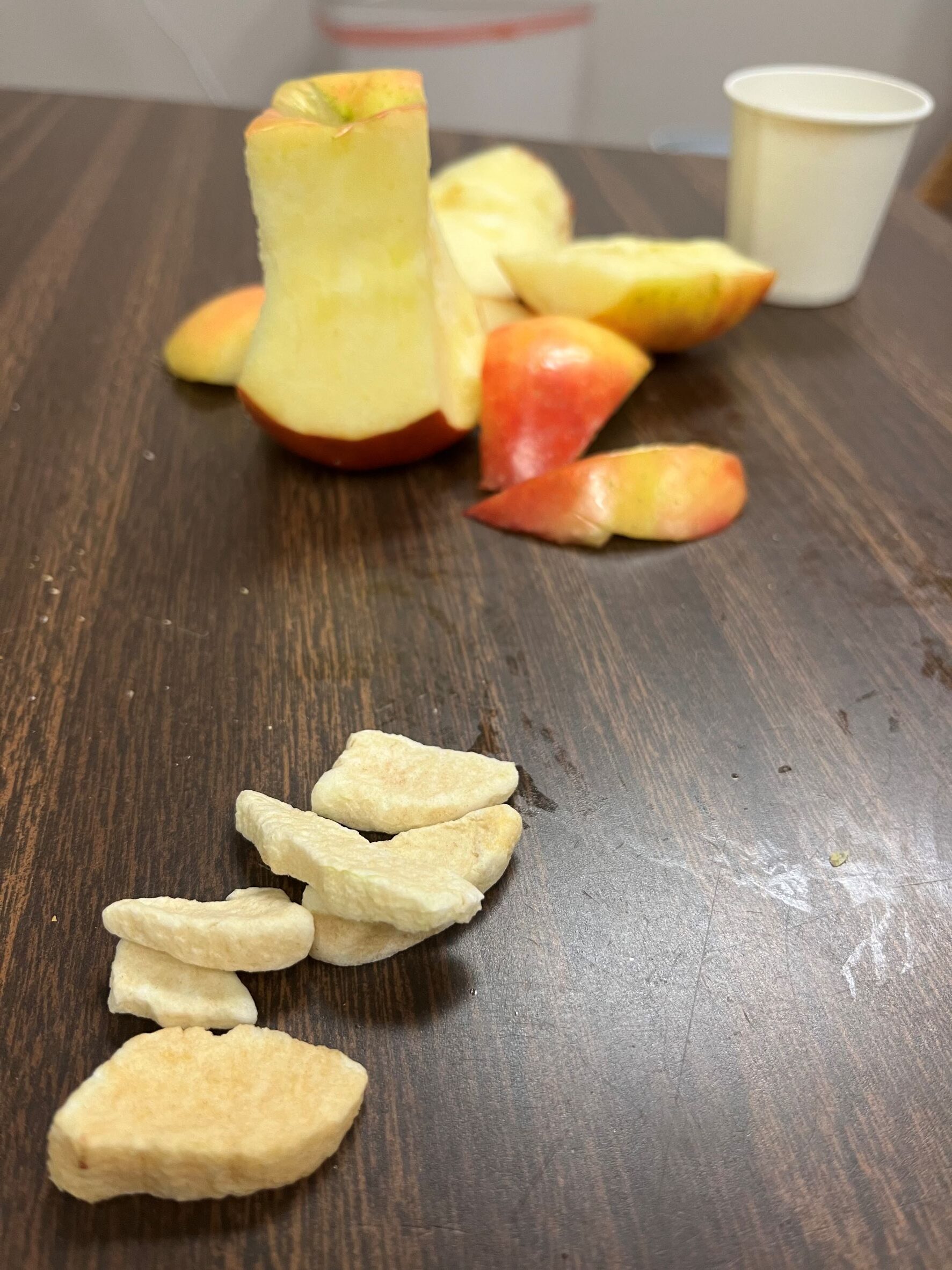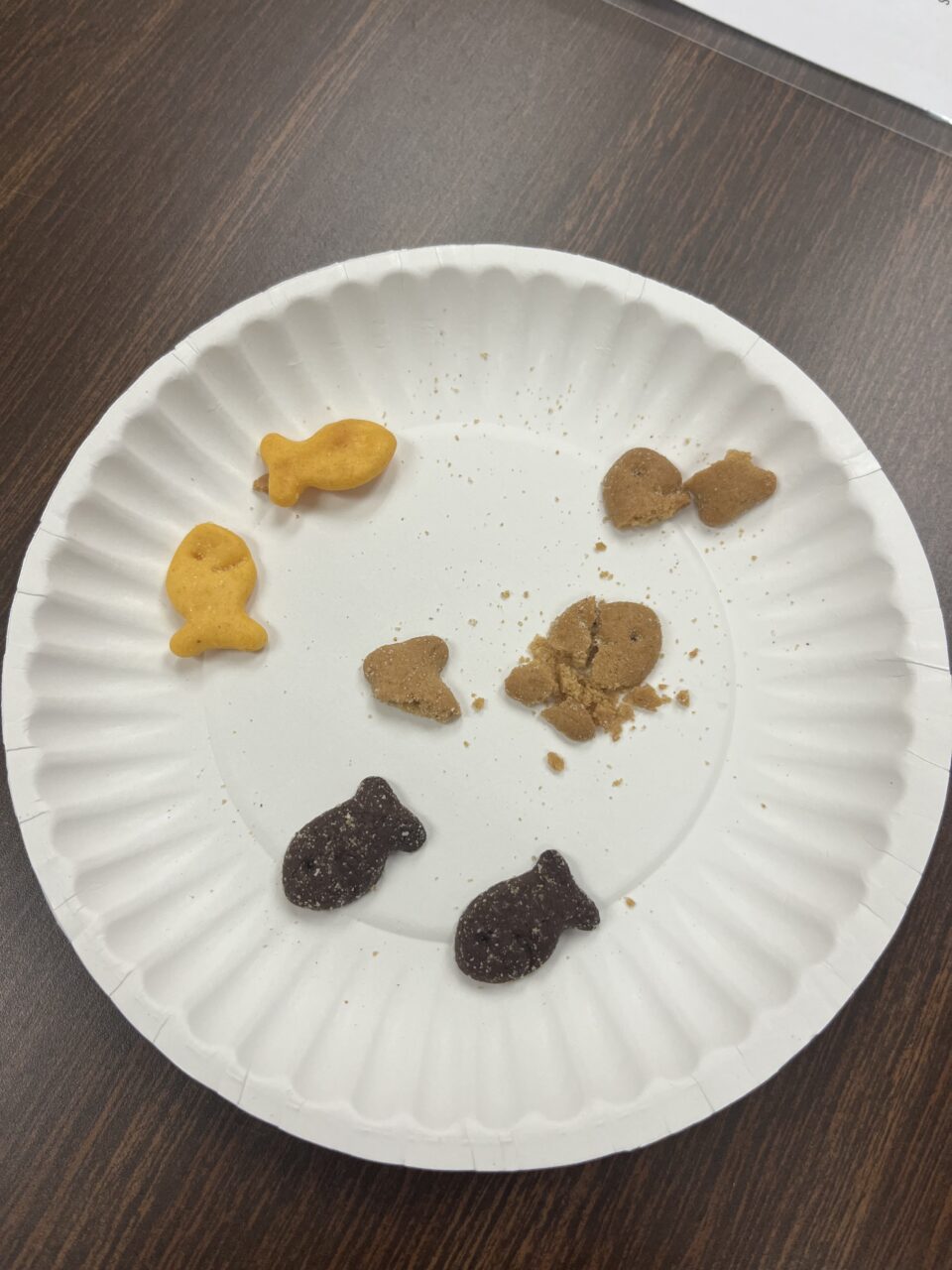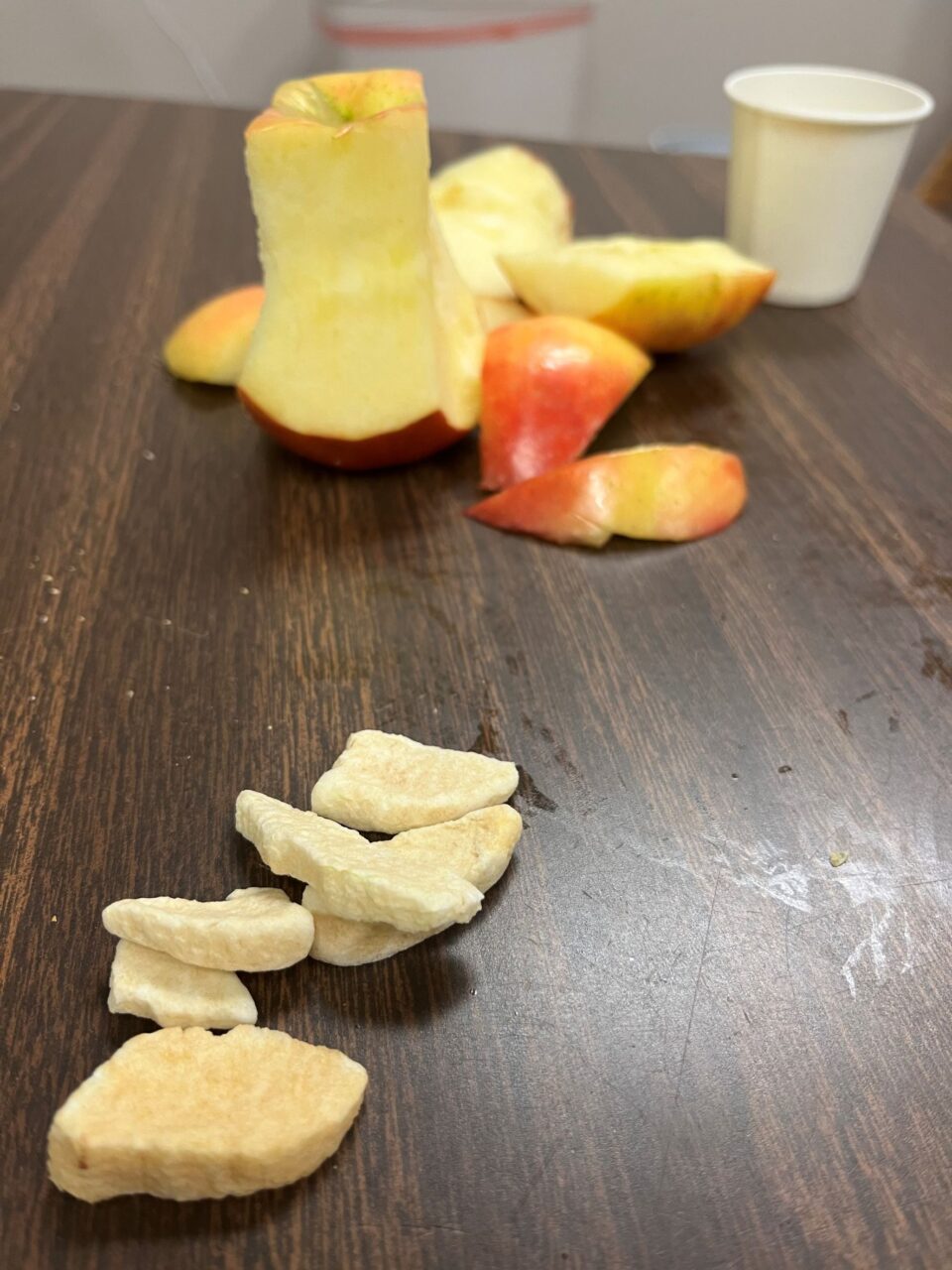Your cart is currently empty!

Autism: Sensory Processing Disorder/Differences
Beginning Our Journey with SPD
MeMo: Sensory Processing Disorder/Differences (SPD), Part of the Autism Spectrum
When my daughter was about six years old, I began noticing her food preferences change. Never once did I know or understand that this was an indication of her aversion of food. She is now ten years old and we are in the process of beginning an intensive food and occupational therapy program related to what the current term identifies her condition as Sensory Processing Disorder/Differences (SPD), which is considered part of the autism spectrum. I prefer the term “differences” myself, because my daughter is anything but disorderly. She has a “different” way of processing information, which is exactly what she deals with. Being “different” than neurotypical doesn’t mean there is a “disorder.” “Different” isn’t bad or wrong, it’s just other. Other is just different.
As we went through the evaluations over a week, I began to realize truly how much and how long I have tried to assist my sweet girl. Four years of encouragement, trial, and error with food before I realized the issues at the table were not an average response to eating or experiencing food. It started out as no longer liking peanut butter and jelly sandwiches and not liking anything but a specific yogurt, strawberry, the Yoplait strawberry flavor, smooth style. “Don’t buy the wrong one, Mommy! I don’t like the chunks in my yogurt.” Once I tried to add in vanilla Greek yogurt into her favorite yogurt and immediately that was rejected. Over the period of four years, her food preferences became more distinct and limiting. My food rule was this: one bite and done. My “one and done rule” seemed to be simple enough, but also give the kiddos an opportunity to try new foods, flavors, but not be so intense to have to finish the whole serving or clear their plates. I wanted to create a good food relationship as well as introduce them to flavors and textures.
Food is such an integral part of life. Food and water, which are necessary for survival, seem like such a simple thing to manage. What if touching the food is the first issue in the process of enjoying it? What if smelling the food is part of the issue too? What if we can’t even get to tasting the food because of other barriers to entry of enjoying of food? This is where I’m at friends. How the heck did I miss the basics of sensory enjoyment or rejection? Maybe because I’m seeing food through my eyes. What I’m tasting, sensing and experiencing is completely different that what my sweet girl, Sissy is. Plain and simple, Sis is not experiencing what I am. I didn’t know. That’s ok, I do now.

As part of Sissy’s food evaluations, the Occupational Therapist (OT) noticed one of many things that were a key indication to her of my daughter’s sensory-related issues with food. Sis did NOT like to have the crumbs on her fingers. She would immediately wipe her hands from the sensation of the crumbs of Goldfish crackers on her fingers. Ok, so what? They noticed this was not an isolated incident, but more of an aversion to touching food in general. Nearly every one of her preferred foods she touched, she would immediately wipe her hands from them. Interesting. I had never noticed this. To be quite honest, I don’t even remember always having napkins at the table or really every asking my kids to wipe their mouths or hands, except with things like spaghetti sauce, which had been ages since she would eat. But why would I have notices this? This is not something I have ever heard of being an issue or experienced until now. So friends, here we are. Now we know together.
In the debrief with our OT, she noted that as people learn to eat foods as an infant, there are multiple stages and skills in mastering the art of eating food. There were dozens of terms, most of which I had never heard before. I felt like I was sitting in the classroom of my first aerodynamics lesson, learning all the terms for the first time. While understanding how an airplane flies is not the same as just simply flying the plane, it all goes hand in hand. Understanding the basics of food and process of eating will help me understand what is missing in relation to how to support my daughter moving forward. In flying, if an airplane stalls (loss of airflow over aircraft surfaces like wings), one must know how to get airflow back to regain flight. So, here we go-how do we help my sweet girl with her food difficulties?
For me, food is therapy in the best kind of way. I began cooking at age ten and found joy in making a meal and learning how to cook and combine flavors for a meal. When I had toddlers, I made all our own baby food, because I really enjoyed it. I love making food and finding recipes for my kids to try. I cooked my way through a homemade baby food cookbook and even found some new foods I liked, such as parsnips.
As we discussed the basics of food introduction to a youngster, the OT shared how moving milk from the front of the mouth to the back of the mouth is the first step in eating. As the baby masters that, they move on to other skills. Each skill has to be mastered to get food from the front to the back of the mouth, in addition to learning how to chew and move the tongue around in your mouth. Fascinating. One thing we also learned about Sissy is that she is not able to chew her food on her back molars. She currently has braces, but her back teeth don’t touch, which of course makes it harder to eat, let alone enjoy food. Another piece to the enjoying food puzzle has been revealed.
At the end of the food evaluation and debrief, admittedly, I was exhausted. I had no idea eating was so complicated. I love food and eating and could not understand what was so hard about it. The reality is that it was easy for ME and I loved flavors, food, and textures but sweet Sissy does not. Sis, much like my hubby, had created unspoken “rules” for safe foods for them. Suddenly, my world was in slow motion. As I sat there with my husband, I began to understand what I never did before. He also had very strong food preferences that I did not comprehend. My mind began to put the pieces together. The process of learning how to help our sweet girl would also help me in my marriage. My husband eats to live. I live to eat. Food is an experience for me, while it is merely a survival technique for my husband. He does not enjoy food like I do. I have never pushed it, but more tried to understand things he enjoyed so I could share my love of food with things he liked as well.
As we begin to break down and understand this process, we realize that there’s no ONE way to “do it all right” in parenting. There’s every version of the “right” way to introduce food. One way is to make sure food is introduced the same one food for three days to make sure there’s not any allergic reaction before introducing another food. There’s the method of baby led weaning where you give them food you’re eating from the table. The reality is, the skills have to be mastered, no matter how you do it.
I joked with the OT that if there was a pamphlet on how to teach your kid to eat, I would definitely have read it.
– BG Barnstormer
She laughed. There probably is something helpful out there that I could have read, but in the throws of motherhood, sleep deprivation with toddlers, and health issues, who has time to suddenly become an expert on feeding your kid until you need the information? Just like in flying, I don’t want to suddenly have to run an emergency checklist in my airplane I have never prepared for.
But parenting isn’t like running a pre-planned checklist. It’s literally flying by the seat of your pants every damn day.
– BG Barnstormer
One day your kid eats a banana and the next day they want nothing do to with it, so I say, no big deal, we circle back to it. But what if they never want to eat a banana again? Ok, so we move on. Maybe they like banana bread? No, apparently the flavor of banana is now a no go. But what if everything we try to feed them is like the banana issue? They eat it happily for a bit then eliminate it from their diet.
That’s where I’m at today, friends. We are down to bread, bagels, pasta, rice, apples, applesauce, chicken, beef, some fish, cheese and a variety of other foods like Doritos, chocolate chips, and no freaking idea why. So, here we go, learning again.
When I first began training to be a Certified Flight Instructor (CFI), we had to memorize the definition of learning:
Learning is a change in behavior as a result of experience.

I have learned that I need help in the food realm, so here we are, learning again. The reality is I love learning. The harsh reality is I had no idea learning to eat could be so hard for some people. I just assumed my husband was picky on flavors, not realizing the reason he would never prefer to eat an apple whole because the experience of actually eating an apple while the juice drips down on his fingers is unpleasant for his sensory system. He prefers to eat apples cut in slices. I had no idea this was even a thing! He doesn’t eat chicken fingers with his hands, he cuts the pieces up and uses a fork. He also does not enjoy the experience of food on his fingers. So, I learned that, in addition to a dozen other things I’m still processing through myself.
I live to eat, while others eat to live. But what if just eating is an issue? You’re not alone and neither am I. We are in this together. Knowledge is power and there’s people out there that are excited to share their knowledge with me, as I share it with you.
Signing Off,
Auntie Birdie
If this post was helpful or insightful, I would be honored if you would share it and/or leave a comment.
You may also want to subscribe to my blog on bottom of this page or on the main page so you are up to date with all my writing. Thank you, so much, for taking time to read my work.
